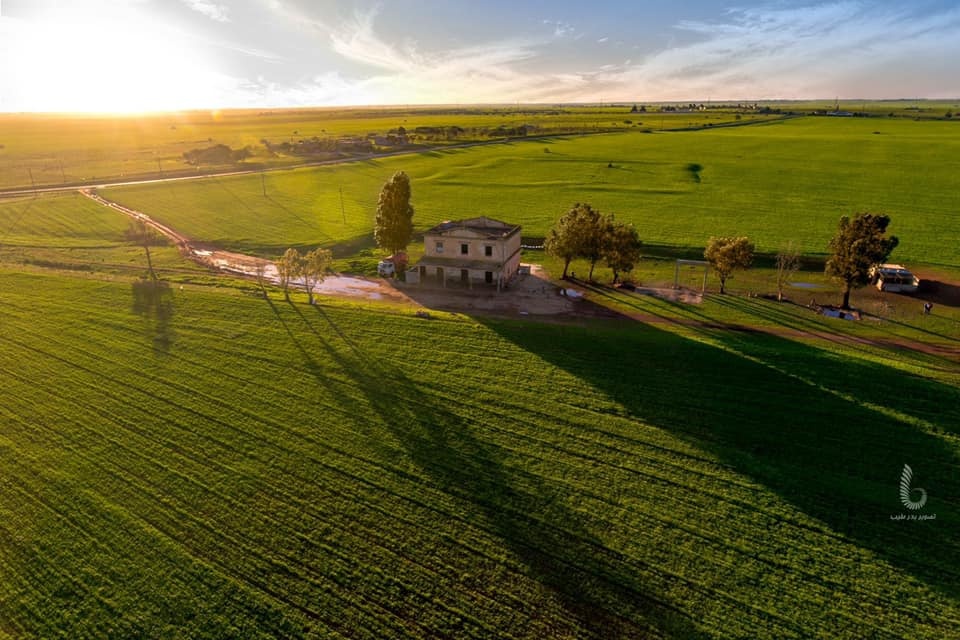Al-Marj is one of the ancient Libyan cities. It has a wonderful countryside nature. It is located between the east of Benghazi, about 94 km, and the west of Al-Bayda, about 106 km.
The "New Al-Marj" was built in 1970 after the earthquake that struck the old city of Al-Marj and caused widespread destruction in 1963 and led to the death of 300 people.
History
The old name of the city is Barqa (Cyrenaica), and most researchers believe that the Libo or Repo tribes used to live in the current area of Cyrenaica (Al-Marj).
The sons of this city were fighters and athletes who participated in the Hellenic Olympic Games, and they obtained prizes and cups, some of which were found in the ancient tombs, and they had their own currency, which was minted in (525) BC. It was found in the archeology excavations in the museums of Talamitha and Shahat.
In the Ptolemaic period in the year 510 BC, the city was subjected to a massacre that Herodotus spoke about in his writings. These wars continued until the Islamic conquest led by Amr bin Al-Aas in the era of Caliph Omar bin Al-Khattab, and the city turned into a scientific beacon and a base for the launch of the Islamic army to conquer the Arab Maghreb and Andalusia.
Al-Bakri described Al-Marj in the middle of the eleventh century and said about it that its soil is red, its buildings are red, and the clothes of its inhabitants are red. Al-Idrisi wrote about it in the mid-twelfth century that it was a prosperous city of great wealth, and James Hamilton, who visited it in 1852 AD, wrote about it, saying “there is a Turkish fortress surrounded by the ruins of the ancient city of Barqa”.
Archaeological sites
- The Roman reservoirs located north of the main road to El-Awailiya.
- Some Islamic columns and crowns from the Fatimid era.
- The Turkish market, which is now located in Touta Square.
- Several tombs were discovered between the old and the new Al-Marj.
- Abu Bakr Al-Siddiq Mosque is considered one of the most important landmarks of the new city of Al-Marj and is considered one of the largest mosques in Libya.



